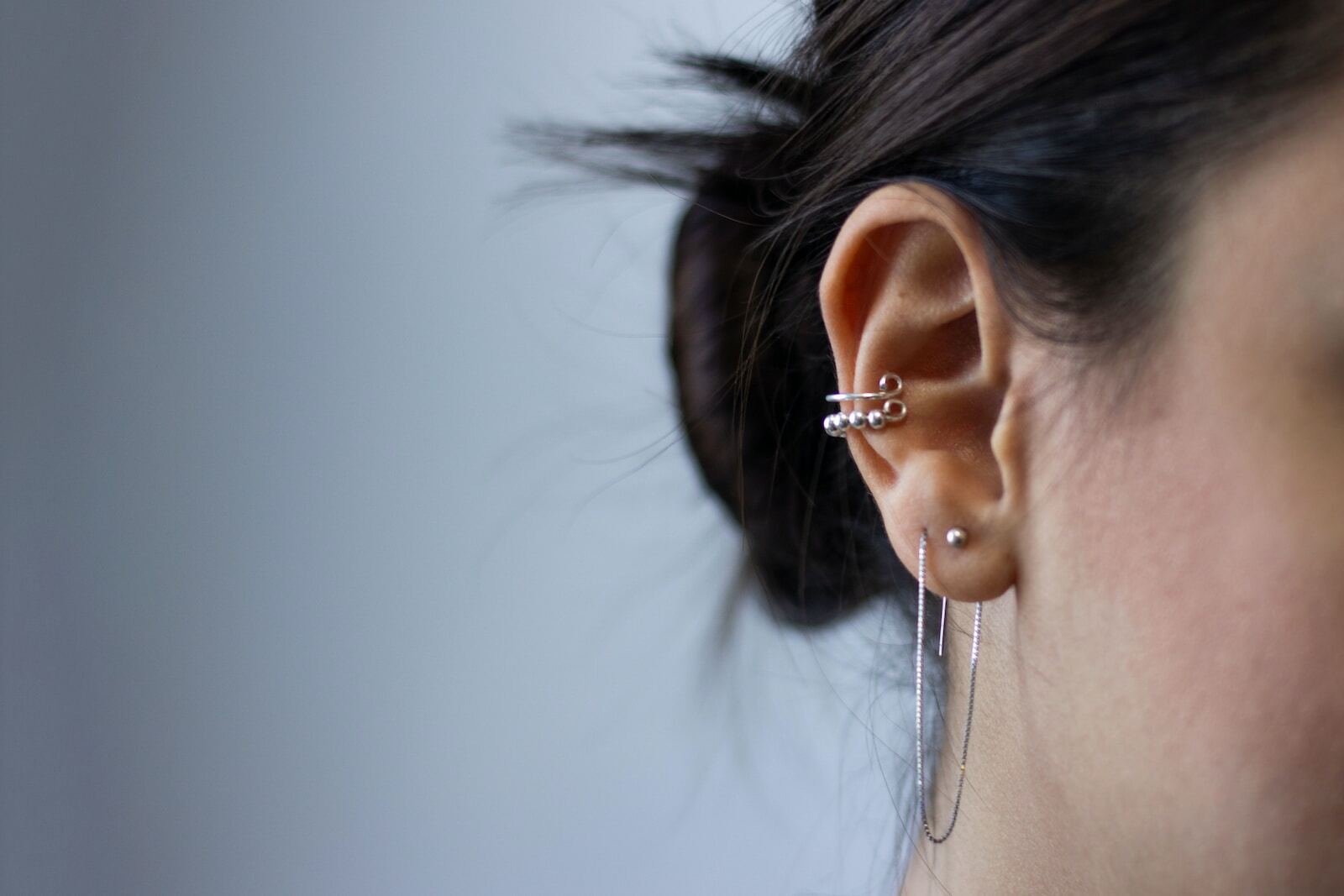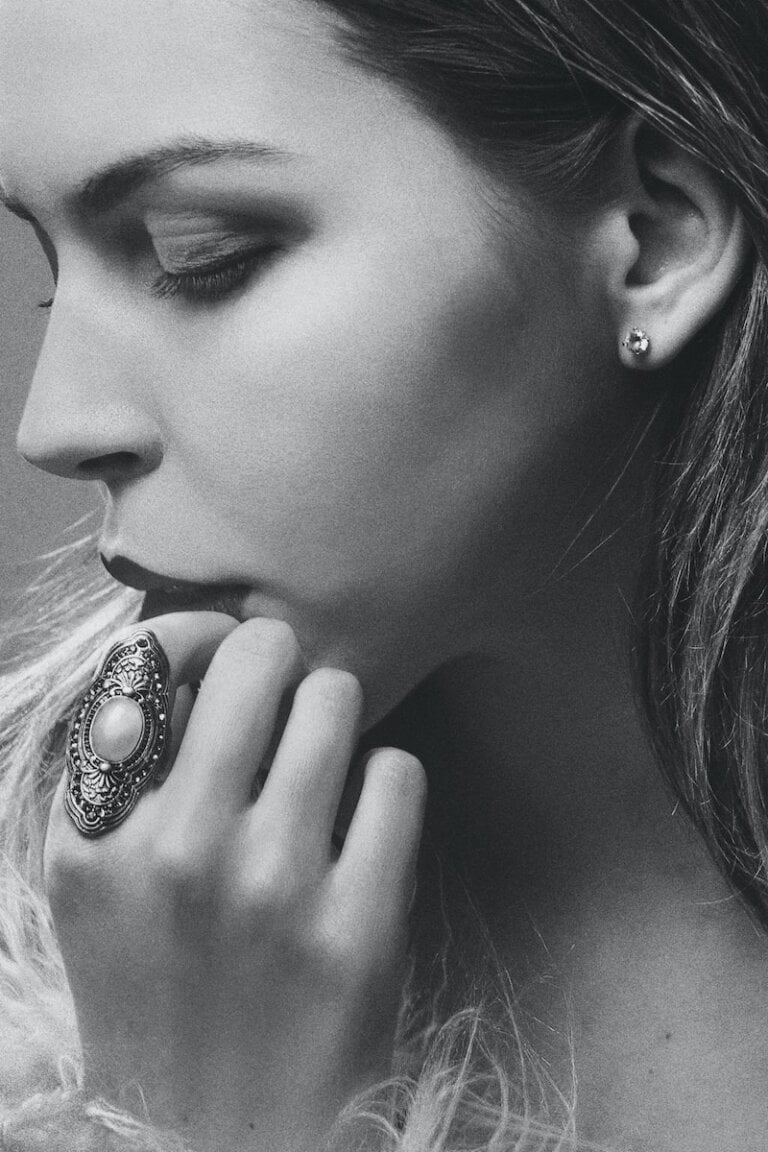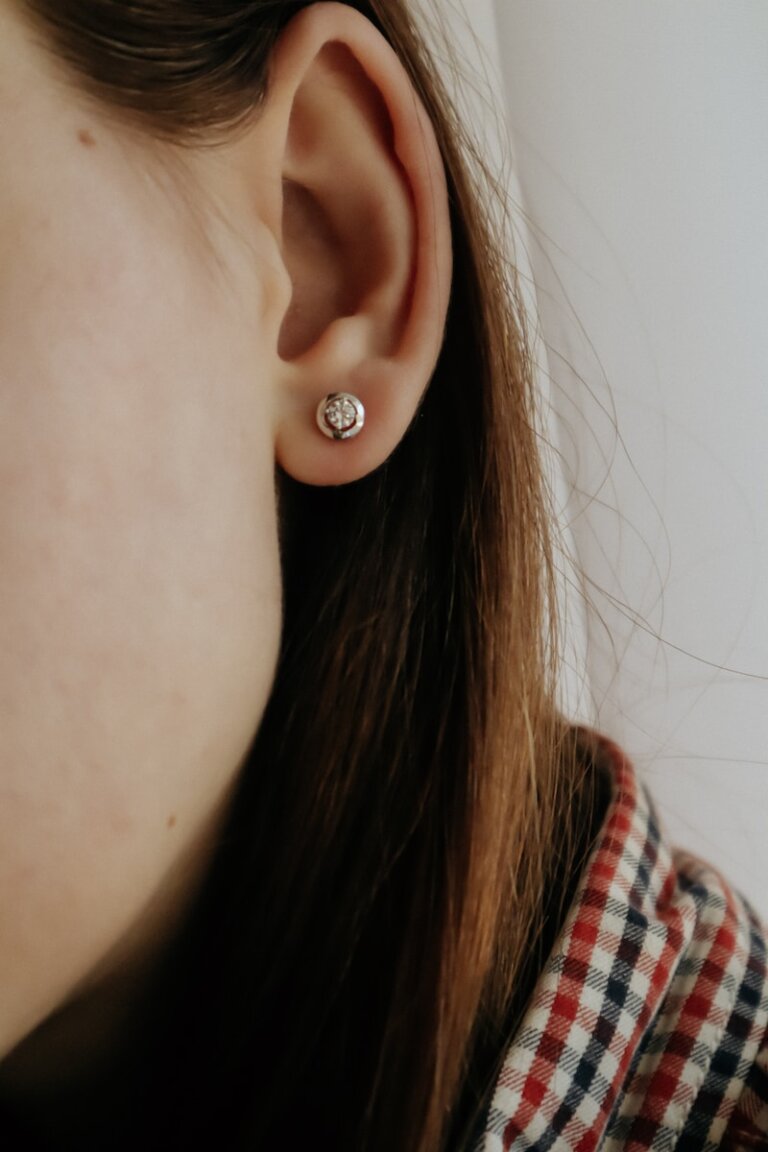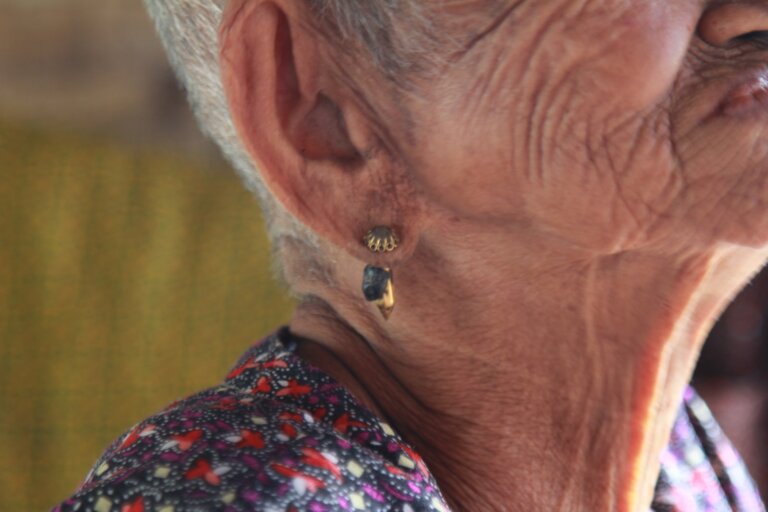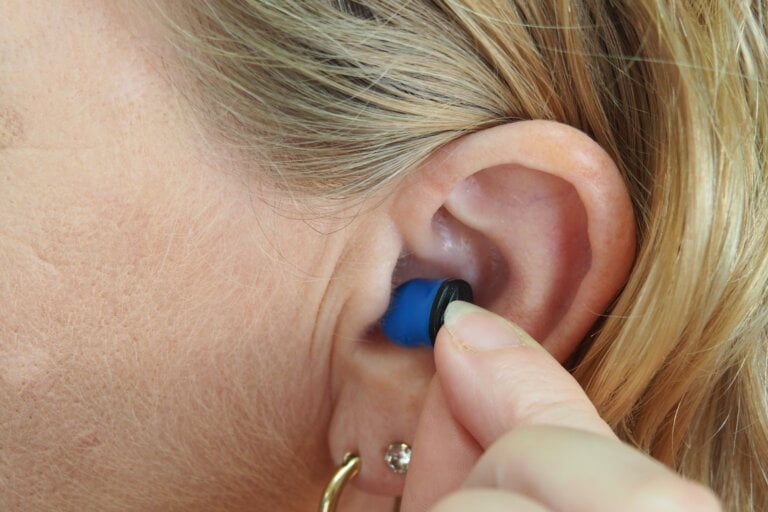Aftercare Guidelines for Optimal Healing Following a Microsuction Procedure
Last Updated on 25th April 2024 by Admin
Microsuction is a safe and effective method for removing excess earwax and debris from the ear canal. After undergoing a microsuction procedure, it is crucial to follow specific aftercare guidelines to ensure optimal healing and prevent any complications. In this article, we will outline the essential steps to take after a microsuction procedure to promote healing and maintain ear health.
1. Keep the Ears Clean and Dry
After a microsuction procedure, it is important to keep the ears clean and dry. Exposing the ears to water can potentially cause infection or irritation, which can hinder the healing process. It is recommended to avoid swimming, showering, or any other activity that may expose the ears to water for at least 24 hours after the procedure.
Additionally, it is important to gently pat dry the outer ear after showering or washing your face. However, avoid inserting anything into the ear canal to dry it, such as cotton swabs, as this can cause damage to the delicate structures within the ear.
2. Avoid Inserting Anything in the Ears
One important aftercare guideline after microsuction is to avoid inserting any objects into the ears. This includes cotton swabs or any other cleaning tools. Inserting such objects can push the wax or debris further into the ear canal, leading to blockages or potential damage to the ear. Instead, allow the ears to naturally clean themselves.
The ears have a self-cleaning mechanism where earwax gradually moves towards the outer ear. This natural process helps to remove any excess wax or debris. By avoiding the use of cotton swabs or other objects, you allow this process to occur without interference, promoting a healthy and clear ear canal.
3. Use Ear Drops as Directed
In some cases, your healthcare professional may recommend using ear drops after the microsuction procedure to help soften any remaining wax and facilitate its removal. It is essential to follow the instructions provided by your healthcare provider and administer the prescribed ear drops as directed.
Ear drops often contain ingredients that help to break down and soften the wax, making it easier to remove. It is important to use the drops for the specified duration, even if your symptoms improve. This ensures that any remaining wax is completely cleared from the ear canal, reducing the risk of blockages and promoting optimal healing.
4. Minimize Exposure to Loud Noises
After a microsuction procedure, it is advisable to minimize exposure to loud noises for a few days. Excessive noise can potentially cause discomfort or irritate the delicate tissues of the ear, hindering the healing process. If you cannot avoid loud noises, consider using earplugs or earmuffs to protect your ears.
Exposure to loud noises can lead to temporary or permanent hearing loss, especially in individuals who have just undergone a microsuction procedure. It is important to take precautions to safeguard your hearing during the healing period to ensure the best possible outcome.
Here are some additional tips to protect your ears from loud noises:
- Limit your exposure to noisy environments, such as concerts or sporting events.
- Keep the volume of personal listening devices, such as headphones or earphones, at a moderate level.
- Use noise-cancelling headphones or earplugs in noisy environments to reduce the impact of loud sounds on your ears.
5. Avoid Air Travel if Possible
If possible, it is advisable to avoid air travel for at least 24 to 48 hours after undergoing a microsuction procedure. Changes in air pressure during flights can affect the healing process and cause discomfort or pain in the ears. If air travel is unavoidable, consider using earplugs or chewing gum to help equalize the pressure in the ears during takeoff and landing.
During air travel, the changes in altitude can create pressure imbalances in the ears. This can lead to a feeling of fullness, popping sensations, or even pain. Chewing gum or swallowing during takeoff and landing can help equalize the pressure in the ears, reducing the discomfort caused by pressure changes.
6. Watch for Any Signs of Infection or Complications
While the microsuction procedure itself is relatively safe, it is important to monitor for any signs of infection or complications. After the procedure, it is common to experience mild discomfort or temporary changes in hearing. However, if you experience increasing pain, discharge, swelling, or a fever, it is crucial to contact your healthcare provider immediately.
Prompt medical attention can help prevent any potential complications and ensure a smooth recovery. Your healthcare provider will be able to assess the situation, provide appropriate treatment if necessary, and offer guidance on how to manage any symptoms that may arise.
7. Follow Up with Your Healthcare Provider
After undergoing a microsuction procedure, it is essential to schedule a follow-up appointment with your healthcare provider. This follow-up appointment allows your healthcare provider to assess your healing progress, remove any remaining earwax if necessary, and address any concerns or questions you may have regarding the aftercare process.
During the follow-up appointment, your healthcare provider will ensure that the procedure was successful and that your ears are healing properly. They may also provide additional guidance on how to maintain ear health and prevent future earwax buildup.
Conclusion
Following these aftercare guidelines diligently is crucial to ensure optimal healing and minimize the risk of complications after a microsuction procedure. By keeping the ears clean and dry, avoiding the insertion of any objects into the ears, using ear drops as directed, minimizing exposure to loud noises, and avoiding air travel if possible, you can promote a successful and comfortable recovery.
Additionally, it is important to watch for any signs of infection or complications and promptly seek medical attention if needed. Remember to schedule a follow-up appointment with your healthcare provider to ensure that your healing progress is on track and to address any concerns or questions you may have.
By adhering to these guidelines and seeking professional advice, you can ensure a successful and comfortable recovery following a microsuction procedure.
(Note: This response is provided in English as requested.)
FAQ
1. How should I clean my ears after a microsuction procedure?
After a microsuction procedure, it is important to keep the ears clean and dry. Avoid exposing the ears to water for at least 24 hours, and gently pat dry the outer ear after showering or washing your face. Do not insert anything into the ear canal to dry it.
2. Can I insert objects into my ears after a microsuction procedure?
No, it is important to avoid inserting any objects into the ears after a microsuction procedure. This includes cotton swabs or any other cleaning tools. Allow the ears to naturally clean themselves.
3. Should I use ear drops after a microsuction procedure?
In some cases, your healthcare professional may recommend using ear drops after the microsuction procedure. It is essential to follow the instructions provided by your healthcare provider and administer the prescribed ear drops as directed.
4. Should I minimize exposure to loud noises after a microsuction procedure?
Yes, it is advisable to minimize exposure to loud noises for a few days after a microsuction procedure. Excessive noise can potentially cause discomfort or irritate the delicate tissues of the ear. Consider using earplugs or earmuffs to protect your ears.

